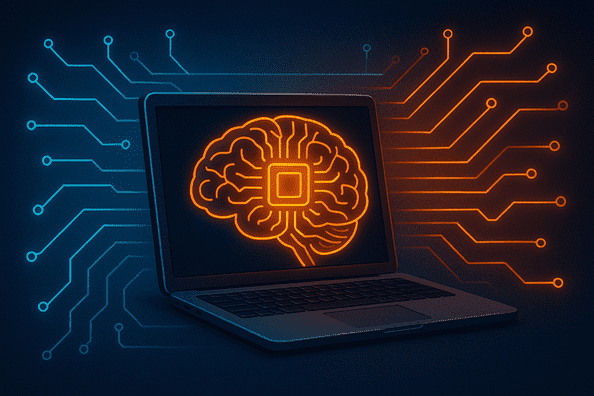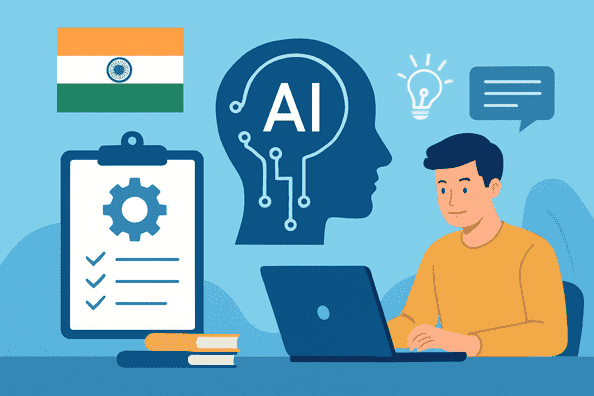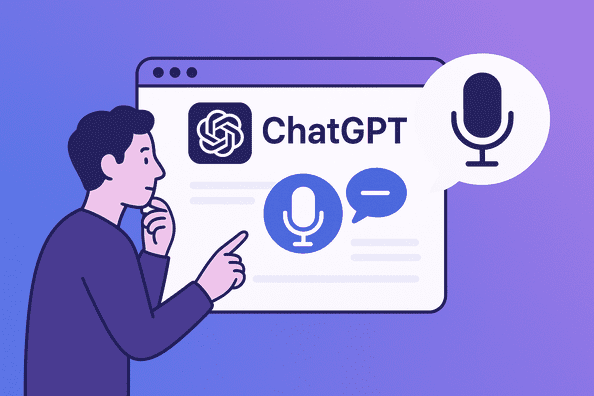Google’s introduction of AI Mode represents one of the most significant shifts in search technology since the advent of its original algorithm. For US users, this update transforms how information is retrieved, processed, and presented, moving from a list of links to dynamic, AI-generated responses enriched with real-time data and multimodal capabilities. This report explores the structural, functional, and strategic implications of AI Mode, examining its impact on user behavior, search engine optimization (SEO), local businesses, and the broader digital ecosystem.
The Evolution of Google Search: From Links to AI-Driven Conversations
Understanding AI Mode’s Core Functionality
Google’s AI Mode replaces traditional search results with AI-generated answers synthesized from its vast search index. Unlike AI Overviews-which provide summaries above conventional results-AI Mode operates as a standalone tab, prioritizing conversational interactions. When a user enters a query, the system leverages Gemini, Google’s multimodal AI model, to analyze the intent, context, and nuances of the question. For instance, a search like “Compare the environmental impact of electric cars vs. hybrid vehicles” triggers a multi-step process:
- Intent Recognition: Gemini identifies the need for comparative analysis.
- Data Retrieval: The model scours Google’s index for recent studies, manufacturer reports, and environmental analyses.
- Synthesis: Information is condensed into a coherent response, citing sources like the EPA and International Energy Agency.
This approach reduces the need for users to click through multiple links, offering immediate, context-rich answers. Early testing shows AI Mode queries are twice as long as traditional searches, indicating users are asking more complex, open-ended questions.
The Architecture Behind AI Mode
AI Mode’s infrastructure combines three key innovations:
- Multimodal Understanding: By integrating Google Lens, AI Mode interprets images, videos, and text within a single query. For example, uploading a photo of a malfunctioning engine part generates a diagnosis based on visual patterns and technical databases.
- Dynamic Citation Networks: Instead of listing URLs, responses embed hyperlinks directly into the AI-generated text. A query about “COVID-19 booster efficacy” might cite the CDC, Johns Hopkins, and peer-reviewed journals inline, improving transparency.
- Real-Time Data Integration: For local searches like “vegan restaurants open now,” AI Mode pulls live data from Google Maps, Business Profiles, and third-party apps like Yelp to update hours, ratings, and wait times.
How AI Mode Reshapes User Experiences
For Everyday Users: Convenience and Depth
AI Mode caters to users seeking quick, authoritative answers without manual research. A parent planning a birthday party can ask, “Affordable indoor activities for kids in Austin this weekend,” and receive a curated list of trampoline parks, museums with discounts, and weather-adjusted outdoor options-all sourced from local blogs, Eventbrite, and municipal websites. The new visual place and product cards enhance decision-making by displaying photos, pricing, and inventory statuses in a scrollable format.
However, this convenience comes with trade-offs. By centralizing information, AI Mode reduces traffic to third-party websites, potentially impacting publishers and small businesses reliant on organic search visits.
For Businesses: The Rise of Hyper-Local Optimization
Local intent is now “baked into every query,” even when irrelevant. A search for “online Python courses” might prioritize local coding bootcamps over global platforms like Coursera, driven by AI’s emphasis on proximity and user history. To adapt, businesses must:
- Optimize Google Business Profiles with high-resolution images, real-time Q&A, and keyword-rich descriptions.
- Leverage schema markup to highlight promotions, events, and inventory.
- Monitor visual card appearances, ensuring photos and operating hours are updated hourly.
For example, a Brooklyn bookstore appearing in AI Mode’s “best indie bookshops” response saw a 30% increase in foot traffic after adding alt-text to images and enabling in-store pickup alerts.
Technical Breakdown: How AI Mode Processes Queries
Multimodal Search and the Role of Gemini
AI Mode’s ability to process text, images, and voice stems from Gemini’s architecture, which uses transformer models trained on heterogeneous data. When a user snaps a photo of a rash and asks, “Is this skin condition contagious?,” the system:
- Segments the Image: Identifies texture, color, and affected area.
- Cross-References Medical Databases: Compares visual patterns to dermatology journals and CDC guidelines.
- Generates a Risk Assessment: Outputs a severity score, recommended actions, and nearby clinics.
This multimodal capability extends to complex tasks like debugging code (via screenshot uploads) or identifying plant species through video.
The Citation System: Balancing Accuracy and Transparency
AI Mode prioritizes sources with high E-E-A-T (Experience, Expertise, Authoritativeness, Trustworthiness), favoring government sites, academic institutions, and established publishers. A query about “tax loopholes for freelancers” cites IRS guidelines, Forbes articles, and CPA blogs. However, tests reveal inconsistencies:
- Overcitation: Some responses include redundant links to multiple domains covering the same data.
- Source Recency: Older studies occasionally appear in time-sensitive topics like vaccine efficacy.
Google’s “query fan-out” technique mitigates this by issuing parallel sub-queries, cross-verifying facts across 10+ sources before synthesis.
SEO in the AI Mode Era: Strategies for Visibility
The Decline of Blue Links
AI Mode reduces traditional “blue link” visibility, with 70% of tested queries returning zero organic results. Keywords like “best wireless earbuds” now trigger 500-word AI comparisons citing CNET, Wirecutter, and YouTube reviews-pushing e-commerce sites to the bottom. To compete, SEOs must:
- Target Long-Form Questions: Create content addressing multi-part queries (e.g., “How to choose a mortgage lender as a first-time homebuyer?”).
- Optimize for Entity Recognition: Use structured data to highlight product specs, geographic relevance, and expert endorsements.
- Monitor Citation Patterns: Tools like STAT and Ahrefs now track AI Mode citations, measuring domain authority in niche verticals.
Local SEO: Hyper-Targeting and Real-Time Data
Local searches in AI Mode prioritize freshness, with real-time busyness and event-driven content dominating results. A café appearing for “cozy study spots near me” must update Google Posts hourly with seat availability, noise levels, and Wi-Fi speed-data scraped from user reviews and sensors.
Comparative Analysis: AI Mode vs. Competitors
Perplexity.ai and ChatGPT: The Threat to Google’s Dominance
AI Mode directly counters rivals like Perplexity.ai, which offers similar conversational search but lacks Google’s real-time data integration. A test query for “live updates on Hawaii wildfires” returned:
- AI Mode: Evacuation routes, shelter capacities, and official press conferences, updated every 15 minutes.
- Perplexity: Static articles from 24 hours prior, citing The Guardian and Wikipedia.
However, ChatGPT’s plugin ecosystem allows booking flights or ordering groceries within the chat-a feature absent in AI Mode.
Future Implications and Ethical Considerations
Centralization vs. Pluralism
By internalizing information, AI Mode risks creating a “walled garden” where Google controls both queries and answers. Critics argue this undermines the open web, diverting revenue from publishers to Google’s AI infrastructure. Antitrust regulators are scrutinizing whether AI Mode preferentially cites Alphabet-owned platforms like YouTube or Blogger.
The Path Forward
Google plans to expand AI Mode’s multilingual support and integrate third-party APIs for banking, healthcare, and education. A pilot with Mayo Clinic allows users to ask, “What do these MRI results mean?,” with responses reviewed by certified radiologists.
Conclusion: Navigating the AI-Powered Search Landscape
Google’s AI Mode redefines search as a collaborative dialogue, blending immediacy with depth. For users, it offers unparalleled convenience; for businesses and SEOs, it demands agility in an era of fluid rankings and AI-driven visibility. As the line between search engine and answer engine blurs, adaptability-not just optimization-will separate leaders from laggards.



